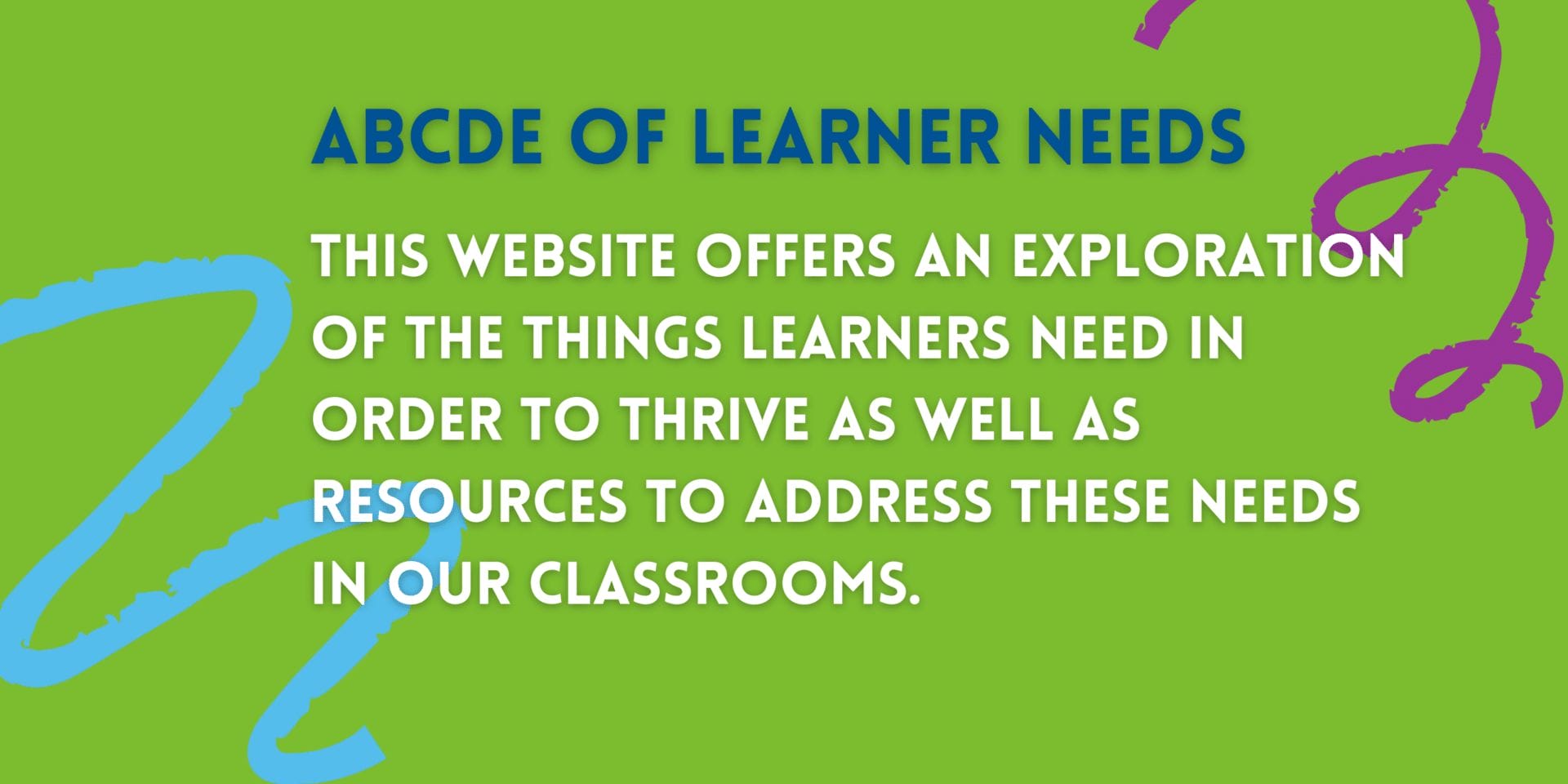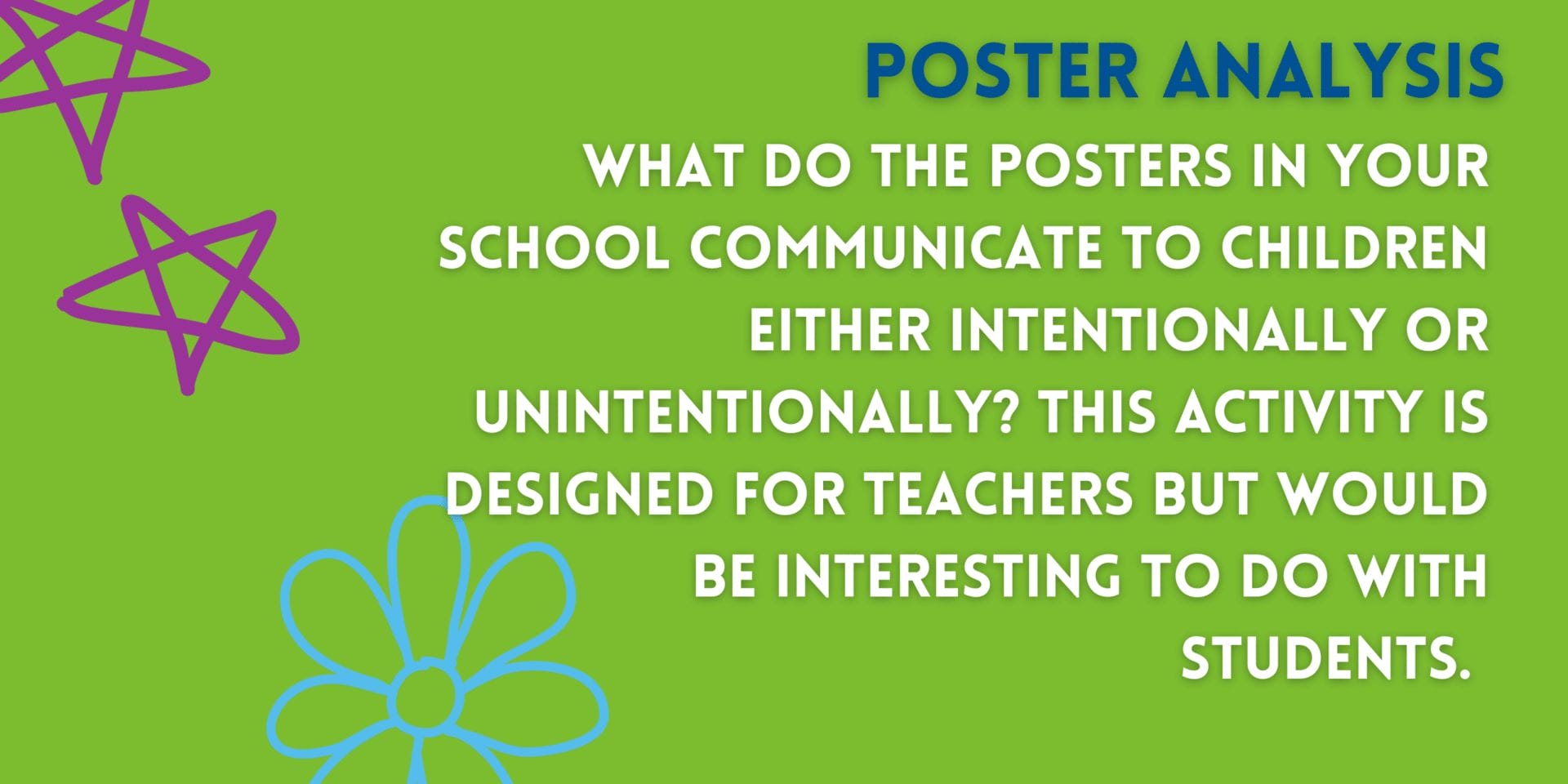May 9, 2022
By Aleta Margolis, Founder and President, Center for Inspired Teaching
Hooray for Monday is a weekly blog filled with questions, ideas, reflections, and actions we can all take to remodel the school experience for students.

Listen to this issue below the Resource section or on SoundCloud!
On this Mother’s Day, I write to honor my father, the late Judge Lawrence S. Margolis who, along with my amazing mother Doris Rosenberg Margolis, taught me to be a thoughtful, deliberate and, I hope, kind person. My father was a federal judge, who served first in criminal court then in civil court for a total of 46 years. He heard thousands of cases in which someone (prosecutor, defendant, claimant, respondent) had done something wrong. Yet Dad had a deep and abiding trust in human beings, and in their ability to make good decisions.
Throughout our 27-year history, Inspired Teaching has been known for trusting teachers and trusting students. Since our founding in 1995, we’ve insisted that young people have the right and responsibility to make decisions for themselves – and that school is the place where they should develop and hone those decision-making skills.

So with the news this past week that the Supreme Court is poised to overturn Roe v. Wade, a precedent-setting case that has upheld the right of choice since 1973, now feels like an extremely important moment to talk about decision making and autonomy.
Autonomy is the A, the very first item, on Inspired Teaching’s ABCDE of Learner Needs. Autonomy is not a luxury. In order for people to thrive, in the classroom and anywhere else, we need to have a say in what happens to us.
What can teachers do to push back against the impending threat to the autonomy of so many citizens of our country?
-
Double down on our commitment to teaching our students to develop excellent judgment.
-
Double down on our commitment to support our students’ autonomy.
-
Show students their voices matter, their ideas matter – by soliciting their viewpoints on issues large and small and listening intently to what they have to say.
Here are six concrete steps to take right now in order to teach your students that they have the right, and the responsibility, to make their own decisions:
-
Offer students multiple opportunities to make decisions when the stakes are low. Deciding whom to sit next to, which novel to read, and whether to present a project orally, in writing, or as a drawing, is validating. And it’s great practice for making decisions in high-stakes environments later on.
-
Teach your students how our government works. Go way beyond having them memorize the names of the three branches of government, or the names and dates of historic Supreme Court cases. Have them examine primary source documents, including key Court opinions, first person accounts, and the US Constitution itself. Ask students for their opinions about these documents.
-
Challenge students to examine the difference between how laws, policies, or rules are expressed in writing, and how they play out in reality – because there is always a difference. You can start with school rules. What do they say in writing? How are they implemented in reality? What accounts for the difference? Is the difference a good thing or not?
-
Go further and analyze the rules in your classroom, and then in your school, alongside your students. Where do those rules support and promote autonomy? (Note that autonomy does not mean the license to do whatever you want, without regard to the impact your actions have on others. Perhaps engage in a conversation or debate on the difference between license and freedom!) Where might those rules suppress autonomy? What can you do about it?
-
Examine, alongside your students, both the explicit and implicit messages in school policies, in local, state, and federal laws, even in the posters on your classroom walls. (Here’s a great activity you can use for the posters!)
-
Ask your students what they would do if they were in charge, how they would engage their empathy to listen to people with opinions different from their own, how they would create and enforce laws, what kinds of laws they would keep and which they would change and why. (Here’s an activity to get you started.)
This kind of teaching will support your students’ autonomy. It will help them recognize their own power, and exercise it wisely.
Throughout his decades as a judge, my father championed Alternate Dispute Resolution, whenever possible bringing opposing parties together to settle their own disputes. He would say, “When people are presented with the facts, and given the space and time to examine them, they are pretty good at making thoughtful, well-reasoned decisions.”
The young people in our care will face many choices, large and small, low-stakes and high-stakes, throughout their lives. It is our job to teach students how to make those choices thoughtfully, weighing the facts and the evidence, and thinking ahead to possible outcomes.
That’s what we can do as teachers. It’s extremely important right now. It always has been. And it always will be.


